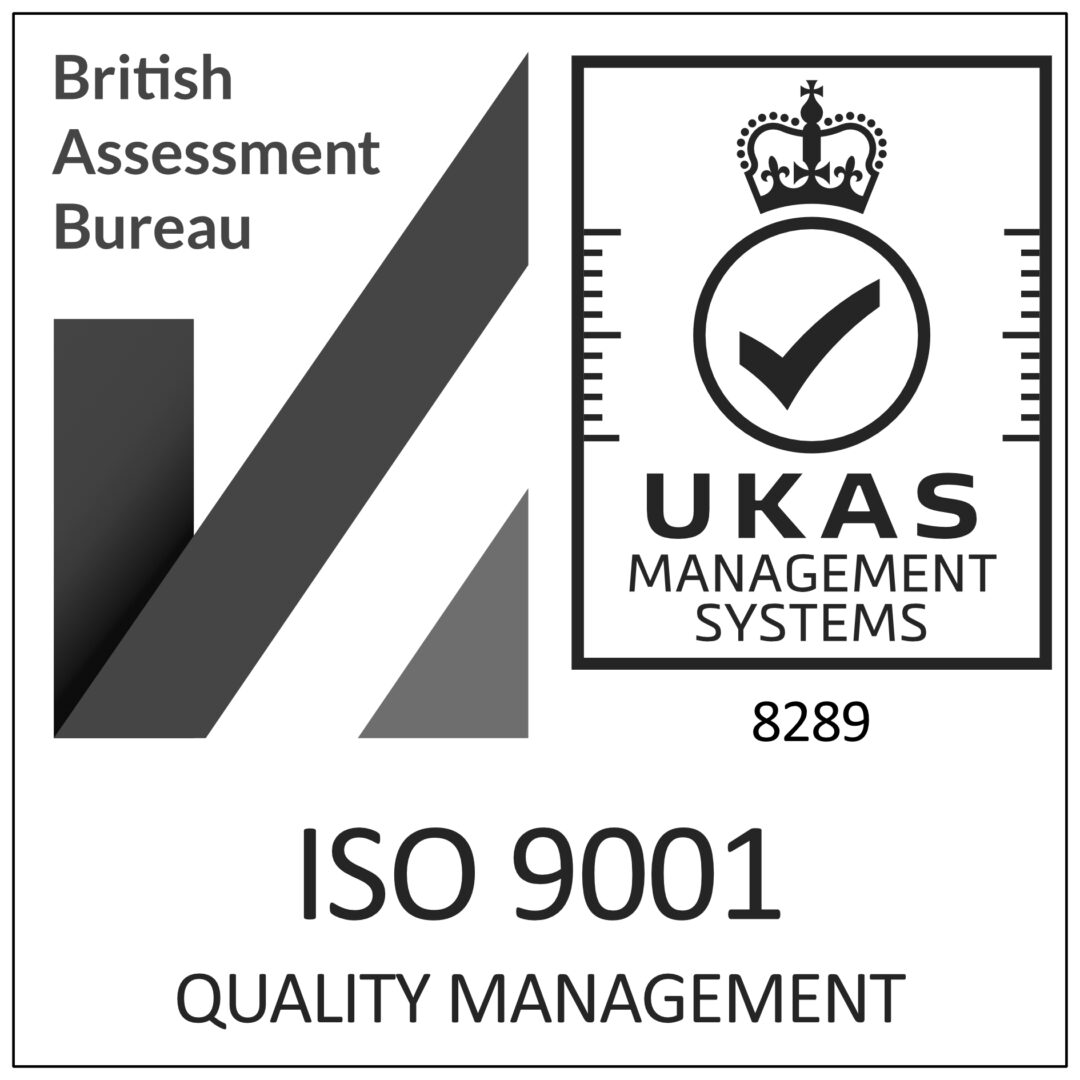Have you ever wondered what really keeps aluminium products safe and reliable in construction or manufacturing? The answer often lies in something called the CE marking for aluminium and the use of ISO 9001 certified aluminium processes. These might sound like technical terms, but they’re actually the backbone of quality and safety you probably take for granted.
In this article, we’ll break down what CE marking and ISO 9001 mean, why they’re so important and what can happen if they’re ignored. If you’re involved in buying, specifying or working with aluminium, this will help you understand why these standards matter and what’s at stake if you don’t pay attention.
What’s CE Marking and Why Should You Care?
Have you seen the “CE” mark on products before? It’s a legal stamp that says a product meets safety and environmental rules in Europe and that includes aluminium used in things like buildings or machinery.
So, why does the CE marking for aluminium matter? Because it’s a way to know that the aluminium parts you’re using are tested and certified to be safe and reliable. Without it, there’s a real risk that parts might fail or cause delays, and no one wants that, especially when lives or big investments are on the line.
Imagine building a large office façade or a public building. If the aluminium parts aren’t CE marked, you might face legal headaches or worse, safety failures.
What’s the Deal with ISO 9001 in Aluminium Fabrication?
You might have heard of ISO 9001 before; it’s a global quality standard that shows a company has a solid system in place to deliver good products consistently. But how does that tie into aluminium bending?
When aluminium is bent or shaped, factors such as accuracy, surface finish, and strength become critical. Using ISO 9001-certified aluminium processes means the manufacturer has tight control over every step. This means less guesswork, fewer mistakes and products that fit perfectly every time.
If you’re buying aluminium parts, knowing they come from an ISO 9001-certified source gives you peace of mind. You can trust that the quality is consistent and deliveries happen on time, no surprises.
Why Compliance Matters When Bending Aluminium
Bending aluminium sounds straightforward. But it’s pretty tricky. If it’s done wrong, the metal can warp, crack or lose strength, and no one wants that in their project.
Certified practices ensure the bending process maintains the aluminium’s shape, protects painted or anodised surfaces, and preserves the strength of complex profiles, such as thermally broken windows. This is crucial for large or technical jobs, such as façades on public buildings.
If you skip compliance, you’re risking costly damage and delays, problems that could have been avoided with the proper standards in place.
Who Depends on Aluminium Compliance?
A whole bunch of industries rely on aluminium that meets these strict standards. Think aerospace, automotive, architecture, medical equipment, rail, marine and even office interiors. All these sectors need traceable certification, meaning they want to see proof that the aluminium is adequately tested and meets safety requirements.
If you’re involved in these industries, you probably already know how vital this traceability is when choosing suppliers and partners.
Why Trusting Certified Experts Matters
Here at Aluminium Bending Specialists (ABS), we’ve been bending aluminium for over 30 years. We combine the latest tech with skilled hands to bend aluminium that meets all the right standards. From handling some of the largest sections in the country to keeping delicate finishes perfect, we are fully certified to give you confidence every time.
If you want aluminium bending done right, with the trust and traceability your projects demand, get in touch with us at ABS today. Your project deserves nothing less.







